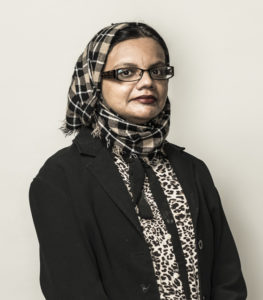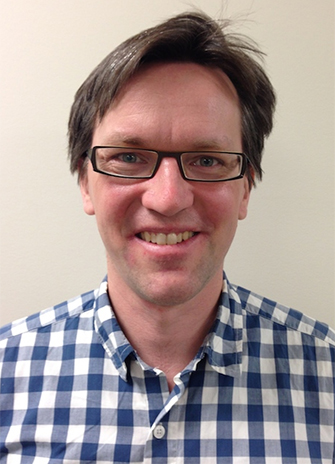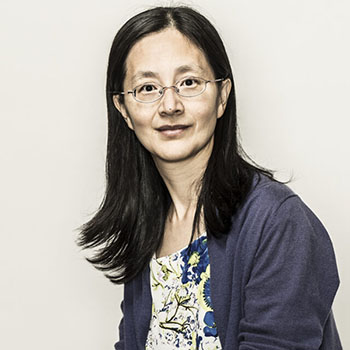
York University’s Lassonde School of Engineering has earned recognition as one of the top Canadian institutions in the field of telecommunications engineering.
For the first time, York was listed on ShanghaiRanking’s Academic Ranking of World Universities for this field (top 10 in Canada and 101-150 globally) in the 2022 rankings.
The field of telecommunications engineering focuses on various methods of communication and their design and implementation, from personal devices like cell phones to the infrastructure required to operate autonomous vehicles safely and reliably.
The University scored particularly well in measures of research influence and international collaboration.
This accomplishment was driven by the work undertaken by researchers at Lassonde in areas of machine learning and Artificial Intelligence (AI), molecular communication and multi-band wireless networks.
The recognition reinforces the strength of Lassonde as an emerging Faculty to study and do research in the telecommunications engineering field in the department of Electrical Engineering and Computer Science, which offers both undergraduate and graduate programs that include training in wireless communications, mobile devices and more.



The dedication and innovation of many Lassonde researchers contributed to this telecommunications ranking, including Associate Professor Ping Wang, Associate Professor Andrew Eckford, and Assistant Professor Hina Tabassum.
“We are investigating emerging and promising research topics ranging from blockchain to deep enforcement learning,” said Wang, co-author of “Cloud/Fog Computing Resource Management and Pricing for Blockchain Networks,” 2018; “Applications of Deep Reinforcement Learning in Communications and Networking: A Survey,” 2019; and “A Survey on Consensus Mechanisms and Mining Strategy Management in Blockchain Networks,” 2019.
The research group led by Wang has an interest in machine learning, developing innovative advanced algorithms that address various challenging problems in communications and distributed computing. In the future, Wang would like to leverage AI technology to solve communications-related problems including resilience against cyber-attacks, sensor faults and unexpected operating conditions.
Since 2013, Eckford and his team have been working on molecular communication. They were the first to send a text message via molecular communication – which was done on a low-cost, tabletop device. More recently, they have begun to analyze biological signal transduction, to understand the capabilities of intercellular communication.
”Molecular communication is an emerging and rapidly growing field of research, with hundreds of researchers around the world,” said Eckford, who co-authored “A Comprehensive Survey of Recent Advancements in Molecular Communication,” 2016. “Molecular communication has the potential to unlock new and transformative applications in bioengineering and nanomedicine.”
Tabassum and her team are interested in exploring cutting-edge AI solutions for planning and resource management of next-generation multi-band wireless networks with applications to aerial/vehicle networks, satellite networks, internet-of-things (IoT) and more. They have made a variety of contributions in the field of wireless communications especially related to the performance modelling, design, optimization and radio resource management of 5G/6G multi-band (radio frequency, terahertz, millimetre-wave) wireless networks (e.g., The Meta Distributions of the SIR/SNR and Data Rate in Coexisting Sub-6GHz and Millimeter-Wave Cellular Networks, 2020; Mobility-Aware Performance in Hybrid RF and Terahertz Wireless Networks, 2021). The wireless solutions they are developing are necessary to build autonomous and mobility-aware next-generation wireless networks.
“I see the Lassonde School of Engineering as a future hub of next-generation autonomous and self-organizing wireless networks,” said Tabassum. She would like to grow Lassonde’s capabilities in this sector with the addition of more experimental facilities, specifically around antenna design.
